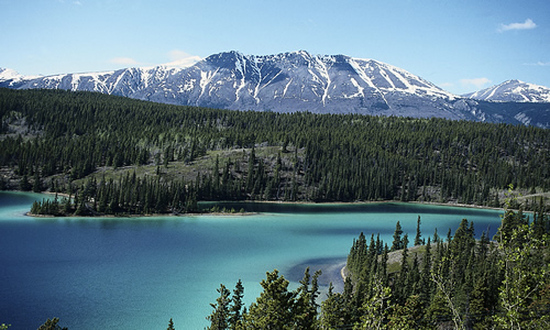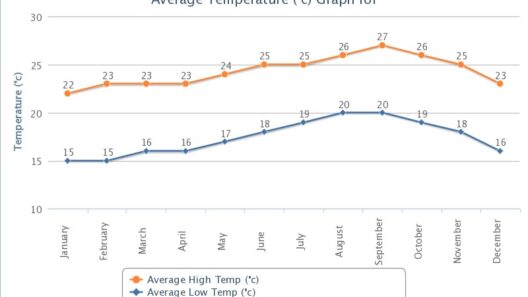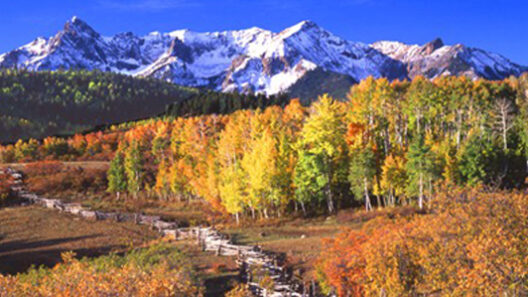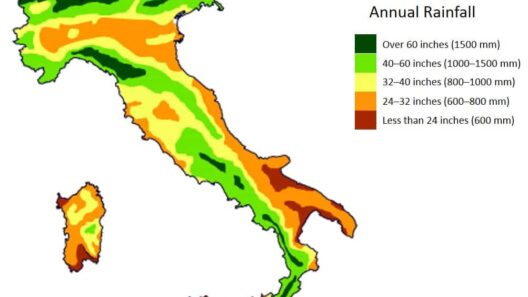The taiga, or boreal forest, sprawls across expansive regions of the Northern Hemisphere, where the air is crisp and invigorating, akin to the first breath of winter on a frosty morning. The climate of the taiga is a complex tapestry woven from frigid temperatures, abundant precipitation, and persistent wind, forming a unique ecological niche that sustains an array of flora and fauna adapted to its chilling embrace. This biome stretches like a verdant ribbon around the globe, delivering an exquisite yet harsh environment that captivates environmentalists and nature enthusiasts alike.
At its core, the taiga is characterized by a subarctic climate, where winters are long and forbidding, and summers are fleeting and temperate. Average winter temperatures plummet, often dipping below -20 degrees Celsius (-4 degrees Fahrenheit), compelling the trees to don their thick coats of needles. These conifers—spruces, firs, and pines—stand resilient against the icy grasp of winter, demonstrating nature’s extraordinary adaptability. The winter landscape is not merely inhospitable; it transforms into an ethereal wonderland, with snow-draped branches glistening against the pale sun, reminiscent of nature’s elegant yet severe artistry.
As the taiga phases into summer, temperatures graciously rise, hovering around 10 to 20 degrees Celsius (50 to 68 degrees Fahrenheit). The fleeting summer season appears almost as a mirage, inviting a riot of life and color to emerge from the stark white canvas of winter. The lengthening days coax dormant seeds from their slumber, allowing them to germinate and flourish in a race against time. The brief window of warmth is a celebration of life, where the forest vibrates with the symphony of chirping birds and the rustle of small mammals scurrying about, ardently gathering provisions before the impending chill returns.
Precipitation in the taiga is predominantly in the form of snow, blanketing the forest in winter while dousing it with rain during the softer months. The average annual precipitation can range from 300 to 850 millimeters (12 to 33 inches), with the heaviest rainfall usually occurring in late spring and early summer. This precipitation is crucial, nurturing the forest’s ecosystem and allowing it to thrive in what might, at first glance, seem like an inhospitable climate. The moisture permeates the soil, feeding the ever-burgeoning network of life that thrives in this chill-laden environment, from the roots of towering conifers to the fungi that dwell in the shadows.
Despite the apparent severity of the taiga’s climate, this biome harbors an astonishingly diverse ecosystem. The resilience of boreal flora and fauna stands as a testament to the profound adaptability of life. Fauna such as beavers, moose, and wolves exhibit remarkable adaptations that enable them to thrive in the cold. The link between climate and habitat becomes palpably evident in their behaviors, such as the migratory patterns of birds that travel significant distances to escape the taiga’s relentless winters. The interplay between climate and ecology within the taiga unfolds like an intricate chess game, where survival hinges on understanding the delicate balance of this unique environment.
Furthermore, the taiga plays an indispensable role in regulating the Earth’s climate on a global scale. It acts as a vast carbon sink, sequestering atmospheric carbon dioxide and mitigating the impacts of climate change. The need for conservation of these irreplaceable forests is paramount, as they perform this critical function while also hosting diverse wildlife and countless plant species. Protecting the boreal forest from logging, industrial encroachment, and climate change is not just an ecological responsibility but a global imperative, for the health of the taiga is intertwined with the Earth’s climatic balance.
The dawn of the twenty-first century has precipitated a critical reckoning with climatic realities. As the landscapes of the taiga face the encroaching specter of warming temperatures, the changes are palpable. Melting permafrost and alterations in precipitation patterns initiate a cascade of ecological consequences, affecting everything from forest composition to wildlife behavior. The once-reliable seasons morph and shift, leaving both flora and fauna to navigate an increasingly uncertain future, echoing the sentiments of those facing the greater existential challenges of climate change around the globe.
In summary, the taiga represents not just a biome but a critical barometer of climate health. It exemplifies the stark beauty of a landscape molded by extreme climatic conditions, yet it is also a fragile sanctuary in urgent need of stewardship. The chilling climate of this boreal forest, with its resplendent display of resilience, mirrors the human spirit’s own struggle against adversity. As the symphony of nature plays on, the call to action resounds more fervently than ever: to protect, conserve, and honor the unique appeal of the taiga as we stand at the precipice of an uncertain ecological dawn.








